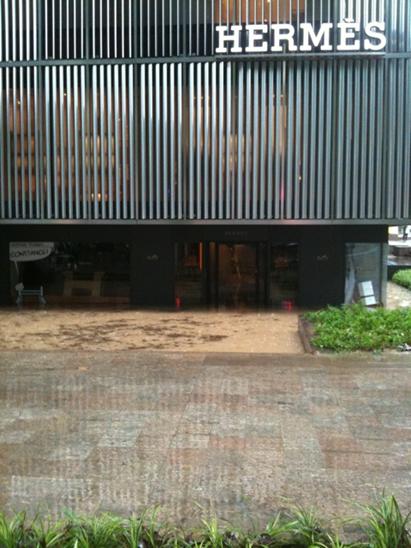1.1 Importance of Water for Life
From the article, the words associated with water, as discussed in class, are listed below.
Water
1. Boiling point of 100˚C
2. Can act as a shield
3. DNA
4. Dissolves minerals
5. Electron hog
6. Forms crystal lattice
7. Hydrogen bond
8. Less dense in solid form (i.e. ice)
9. High specific latent heat
10. H2O is a polar molecule
11. Absorbs UV rays
12. Dipole
13. Oxygen covalent bond
14. Indicator of life
15. Large (i.e. large enough to insure that water in cells will neither freeze nor boil off) range of temperature. Doesn’t boil/freeze easily.
16. Transporting molecules
17. Density decreases when frozen
18. Versatile and unique
19. Maintains stable climate on Earth
20. Most abundant liquid in the universe
21. Pond will not freeze entirely so life forms can survive
Hence, I will be touching on the main roles of water on Earth.
Water is needed for:
1. Replication
Water allows organic compounds to react in ways that ultimately allow replication.
2. Metabolism for life
Metabolism is the sum total of anabolism and catabolism. In anabolism, water is removed from molecules for the growth of larger molecules while in catabolism, water is used to break bonds for the generation of smaller molecules.
3. Photosynthesis in plants
During photosynthesis, carbon dioxide and water are needed for the production of glucose.
4. Continuity of underwater ecosystems
Fishes and marine mammals, and plants live and grow in the water respectively. Some of these animals are the foundation of the ocean food chain while the plants provide aquatic vertebrates with oxygen to survive.
5. Agriculture
Water is used for irrigation in agriculture.
6. Drinking
The human body contains 55%-78% water. To function properly, the body requires at least two liters of water per day to avoid dehydration.
7. Washing
Many industrial processes rely on reactions using chemicals dissolved in water, suspension of solids in water slurries or using water to dissolve and extract substances.
8. Chemical uses
Water is widely used in chemical reactions as a solvent or reactant and less commonly as a solute or catalyst.
9. Heat exchange
Water and steam are used as heat transfer fluids in diverse heat exchange systems, due to its availability and high heat capacity, both as a coolant and for heating.
10. Fire extinction
Water has a high heat of vaporization and is relatively inert, which makes it a good fire extinguishing fluid. Hence, the evaporation of water carries heat away from the fire.
11. Recreation
Humans use water for recreational purposes, exercising and sports. Lakesides, beaches and water parks are also popular places for people to go to relax. Besides that, some keep life in aquariums or ponds for show, fun, and companionship.
12. Industrial applications
Hydroelectric power comes from water driving a water turbine connected to a generator. Besides that, pressurized water is used in water blasting and water jet cutters. Also, very high pressure water guns are used for precise cutting. In addition, water is used in the cooling of machinery to prevent over-heating.
13. Food Processing
The level of water activity affects bacterial growth while water hardness affects the quality and sanitation of a product as well as its pH balance. Besides that, some cooking methods involve the immersing of food in water or steam. Water is also used for dishwashing.
Wikipedia (25-03-2011 16:11) Water. Retrieved March 29 2011, from http://en.wikipedia.org/wiki/Water
Nurul Azirah Binte Johari (11)


















